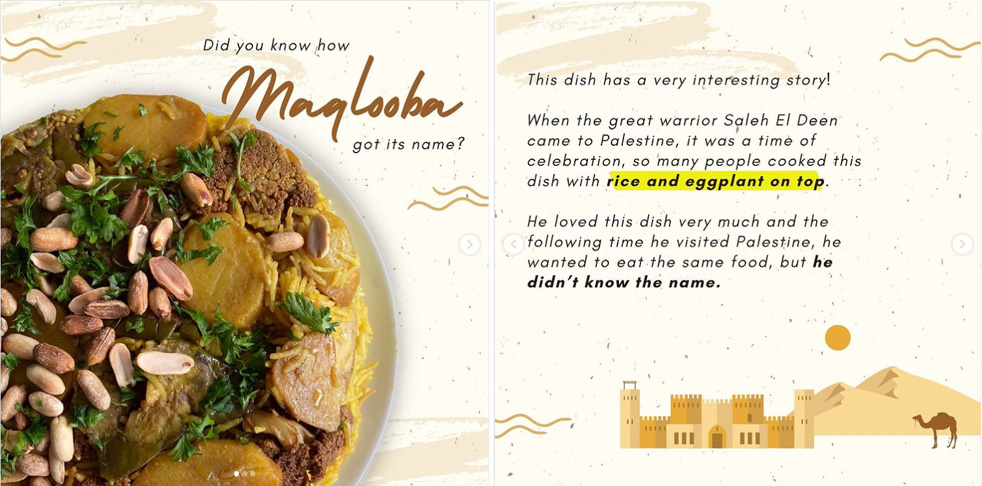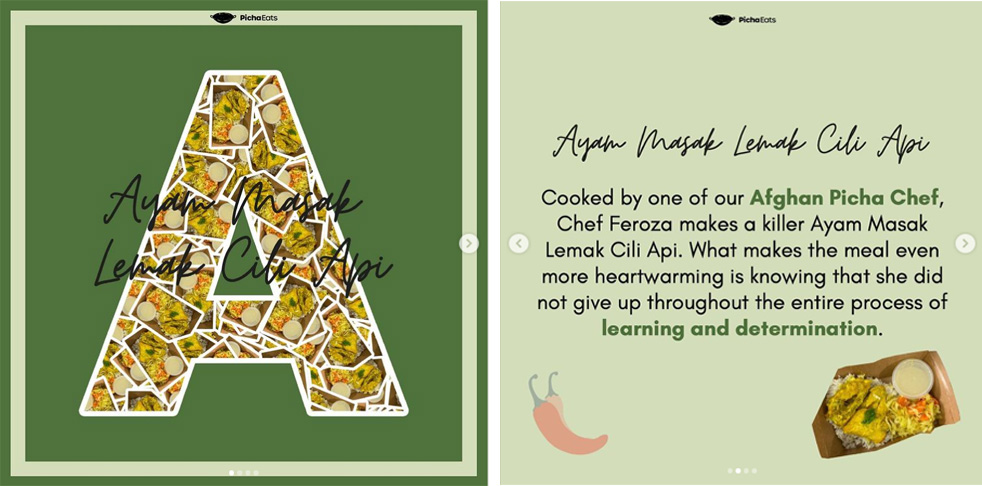Storytelling is one of the oldest and most powerful forms of communication. From the stage of 6th century Greecian theatre to the modern day YouTube video, people have used stories on various platforms to convey important messages that captivate emotions and really stick in your mind.
This is why forward-thinking companies use storytelling as a tool to market their brand. They recognise that the human spirit is most captivated by a clear narrative. Something that has a beginning, a middle and an end. Something that makes the audience want to stand up for or support. Something that creates a hero in all of us.
While content relating to product specs does have its place, too much of that can make your brand feel cold, unemotional, and lacking soul. It should always be balanced with other types of brand marketing material that is presented in story form.
Research from Headstream shows that if people love a brand story, 44% will share the story, 55% are more likely to buy the product in future, and 15% will buy the product immediately.
Which business wouldn’t want that!
Brand storytelling is where we present information through a story form. Here are some of our favourite examples and how they work so well!
1. Brands use stories to provide context and make information relatable
PichaEats

Images taken from Picha Eats Instagram
In this series of posts, Picha Eats has created a fascination with the dishes that they offer, by telling people the story of the dish. It could be how it got its name, or how it was invented, or what it took to gather the unique ingredients for it, or the people and culture associated with this dish.
Nike
Nike’s Common Thread series uses the concept and play of words “having a common thread”, not just by virtue of wearing the same shoe (if we did) but it reminds us that we are all connected. We share similar struggles and experiences, and we also can find that inner strength within ourselves to overcome these challenges. Whether they are cultural, physical, or mental. These stories help the brand relate to a wider audience of everyday people. Not just athletes or sportsmen.
2. Brands use stories to help you remember details
Picha Eats

Images taken from Picha Eats Instagram
Again, Picha Eats has shown us how to think out of the box. Instead of just promoting a dish like every other restaurant, or asking for support like every other NGO, Picha Eats finds creative ways to constantly go back to the reminder that these dishes are more than dishes. It represents a person behind the dish, who comes from a specific culture. That person has a name, a life, and a story of perseverance. They also present these short bits of info as an easy-to-remember package: following the letters of the Alphabet! View the post here. Now isn’t that fun.
Apple
In this video, Apple has cleverly showcased the ability of their many products through a single narrative: How we have all found ways to stay connected and live life to the fullest despite a global pandemic. It invites the viewer to “be part of” that narrative because it depicts a series of events that are so close to home.
3. Brands use stories to connect emotionally and build trust for the long run
Airbnb
AirBnb is great at storytelling. More than just a space to rent or a roof over your head, Airbnb focuses on the moments of life that can be experienced within those spaces. Through showing a simple documentation of a real-life family with real names and candid images, the brand creates the opportunity for an emotional bond to form with their audience. We see these images, and somehow place ourselves in the shoes of the people in them. We feel a longing to have dedicated time and space to experience these moments for ourselves too. And then we might think it’s time for a short vacation, and might even start looking at possible homes to have that vacation at. Job done!
Petronas
We saved the best for last… Petronas. Coming back to home ground, Petronas has been captivating hearts since the 1990s with their advertisements that come out during Malaysia’s many cherished festive season: Chinese New Year, Hari Raya, Deepavali, and Merdeka to name a few. Mostly thanks to the brilliant mind of Yasmin Ahmad. Aaron Koh from GOVT puts it perfectly when he wrote:
“Petronas wasn’t selling petrol on the spot, they were selling emotions, and emotions build belief, and belief builds loyalty, that would eventually win the hearts of consumers…. While everyone is chasing new mediums and eager to explore every new format/technology, we often forget that as human beings, compelling stories continue to touch the human heart, and that can bring in powerful and memorable messages to our consumers. Emotions run high during this period because it’s about the importance of family and time spent with them. That’s why something personal, honest and simple is always the most powerful.” (Excerpt from: Chinese New Year ads: why Petronas reigns supreme, The Drum, 13 January 2020.)





